Improve reading comprehension Reading Non-Fiction Worksheets for Ages 3-8
6 filtered results
-
From - To
Enhance your child's reading comprehension skills with our engaging non-fiction worksheets designed for ages 3-8. Our carefully crafted materials support early literacy development by encouraging young learners to explore real-world topics through captivating texts and interactive activities. Each worksheet focuses on essential reading strategies, helping kids to understand key concepts, identify main ideas, and recognize important details. With a variety of themes and formats, our worksheets provide a fun and educational experience, making reading enjoyable for your little ones. Empower your child to think critically and develop a lifelong love of learning with our reading comprehension resources!


Authors and Illustrators Worksheet
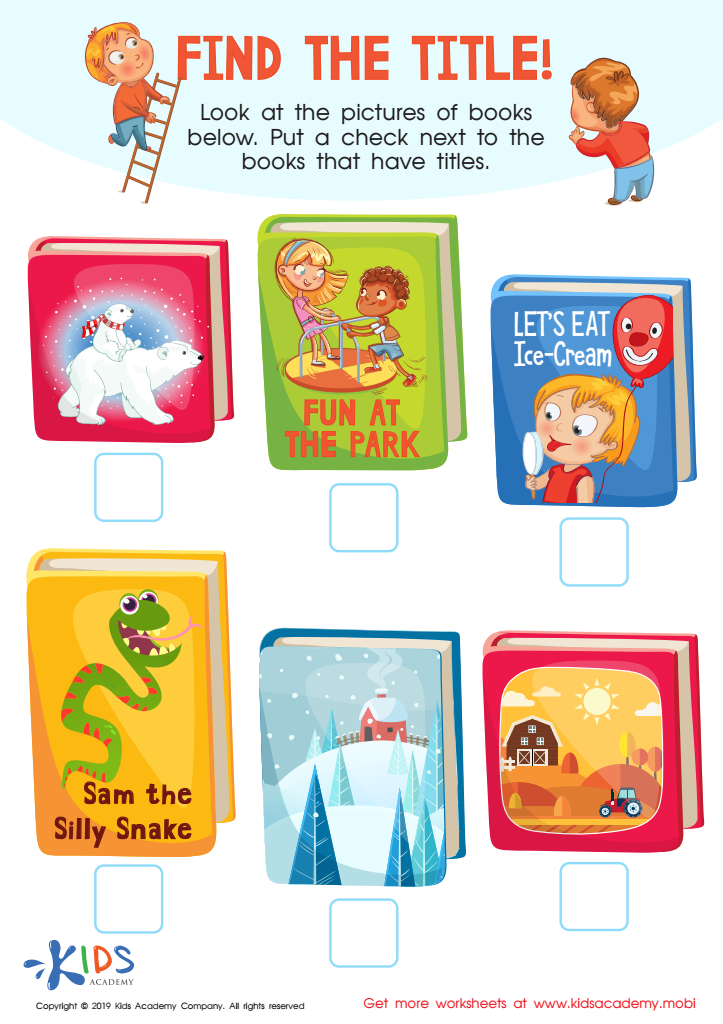

Find the Title Worksheet
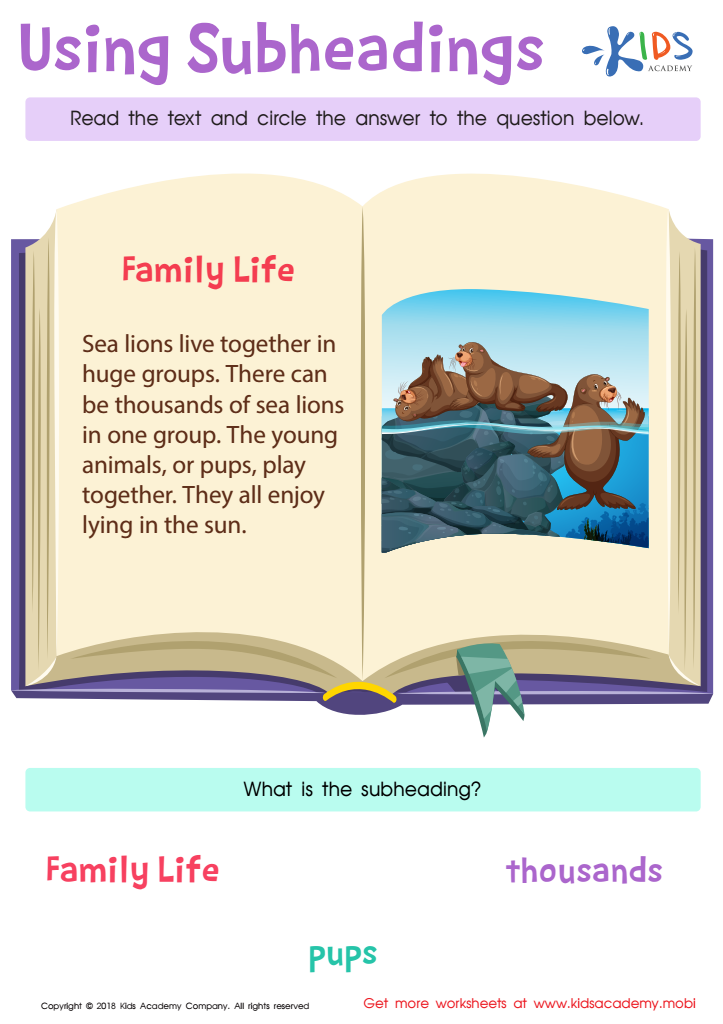

Using Subheadings Worksheet
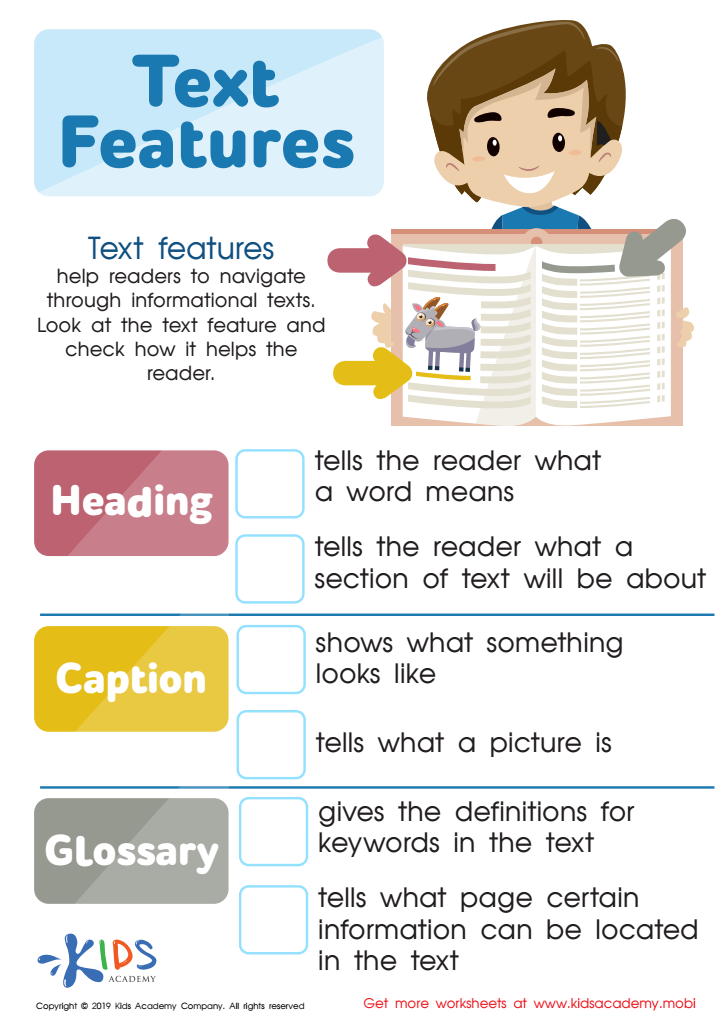

Text Features Worksheet
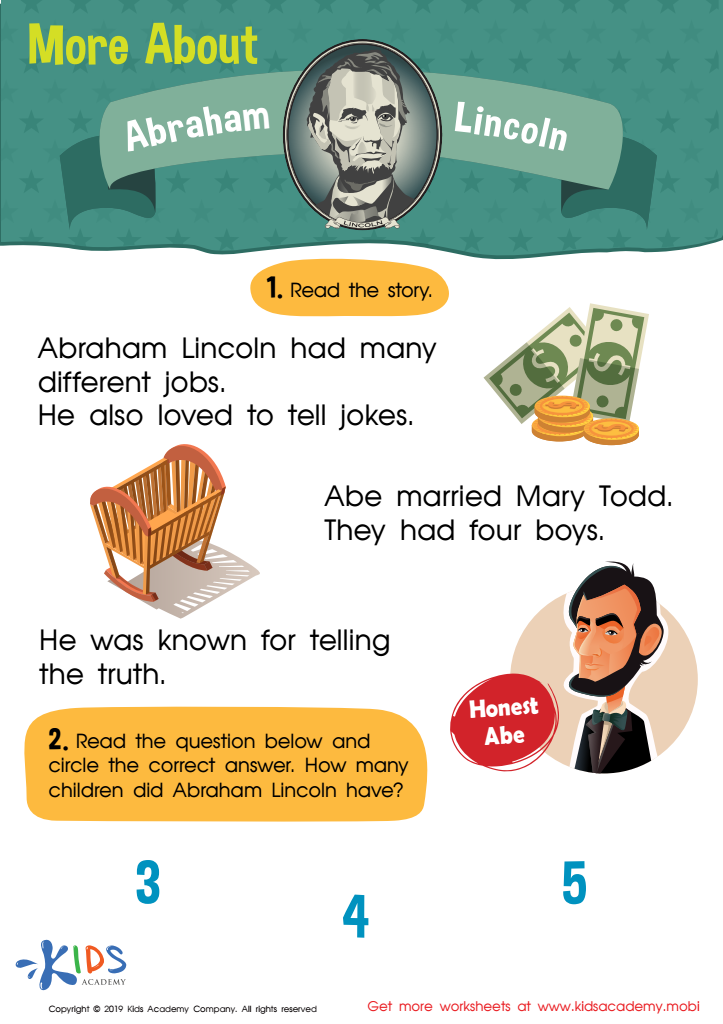

More About Abraham Lincoln Worksheet
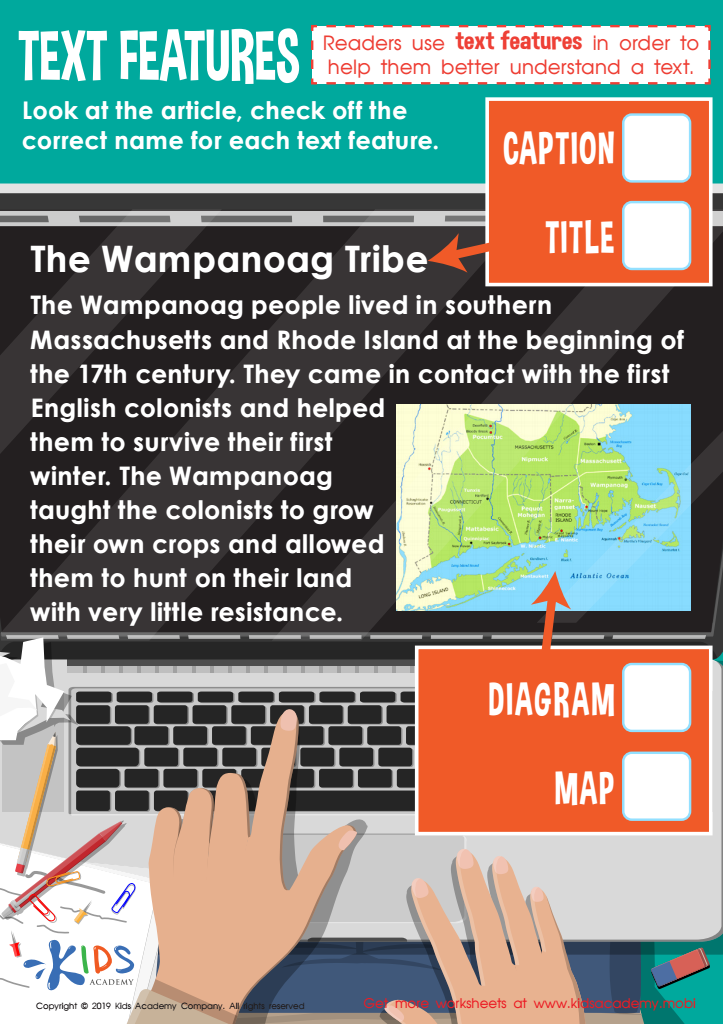

Text Features Worksheet
Improving reading comprehension of non-fiction for children aged 3-8 is crucial for several reasons. First, non-fiction texts introduce young readers to a wealth of knowledge about the world around them, fostering curiosity and encouraging critical thinking. This genre helps children understand facts, concepts, and real-world applications, laying a strong foundation for academic success.
Moreover, comprehension skills developed during these formative years are essential for lifelong learning. As children engage with non-fiction texts, they learn to identify main ideas, comprehend structures, and differentiate between factual information and opinions, all of which are critical skills in both academic settings and everyday life.
Furthermore, reading non-fiction cultivates vocabulary growth, as children encounter specialized terms and learn to navigate different contexts where these words are used. Engaging with diverse topics broadens their awareness of various fields, enhancing their ability to converse with others and participate in community discussions.
Finally, instilling a love for reading in the early years encourages sustained literacy habits. By valuing non-fiction, parents and teachers nurture informed, inquisitive readers, preparing them for future academic endeavors and equipping them with the tools necessary to navigate an information-rich world.
 Assign to My Students
Assign to My Students




















